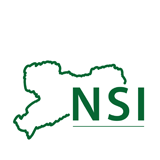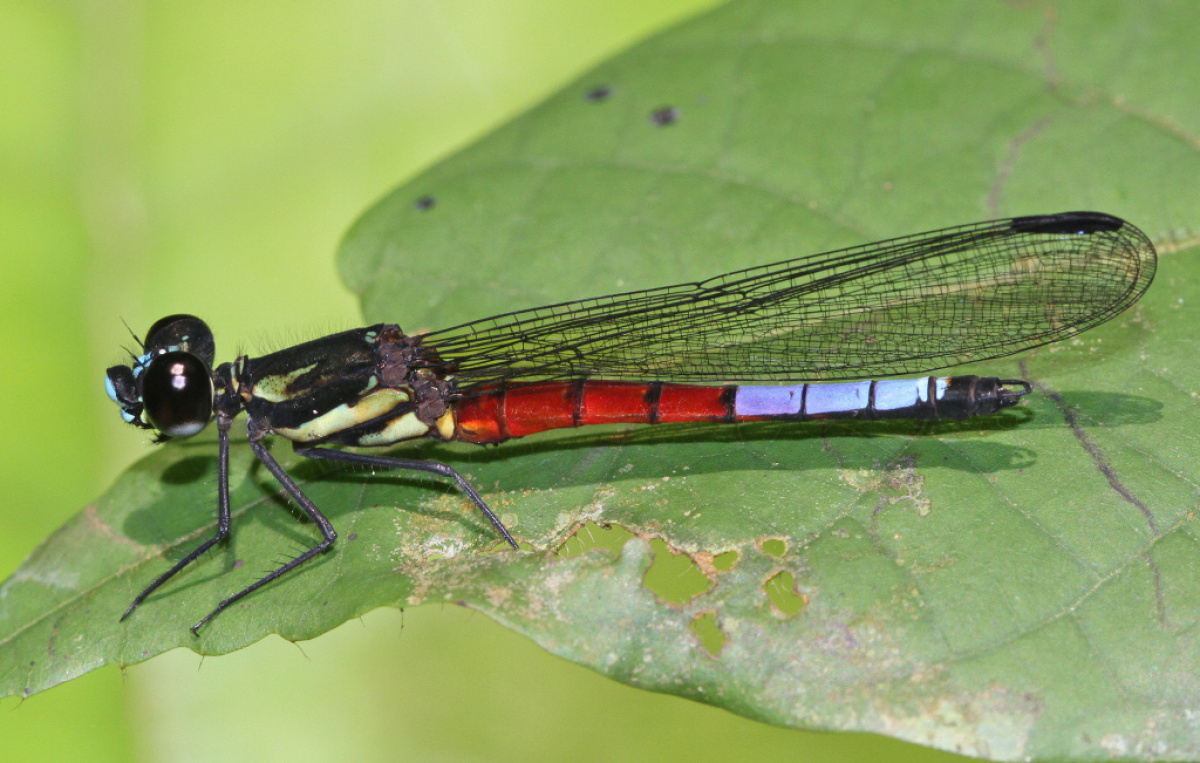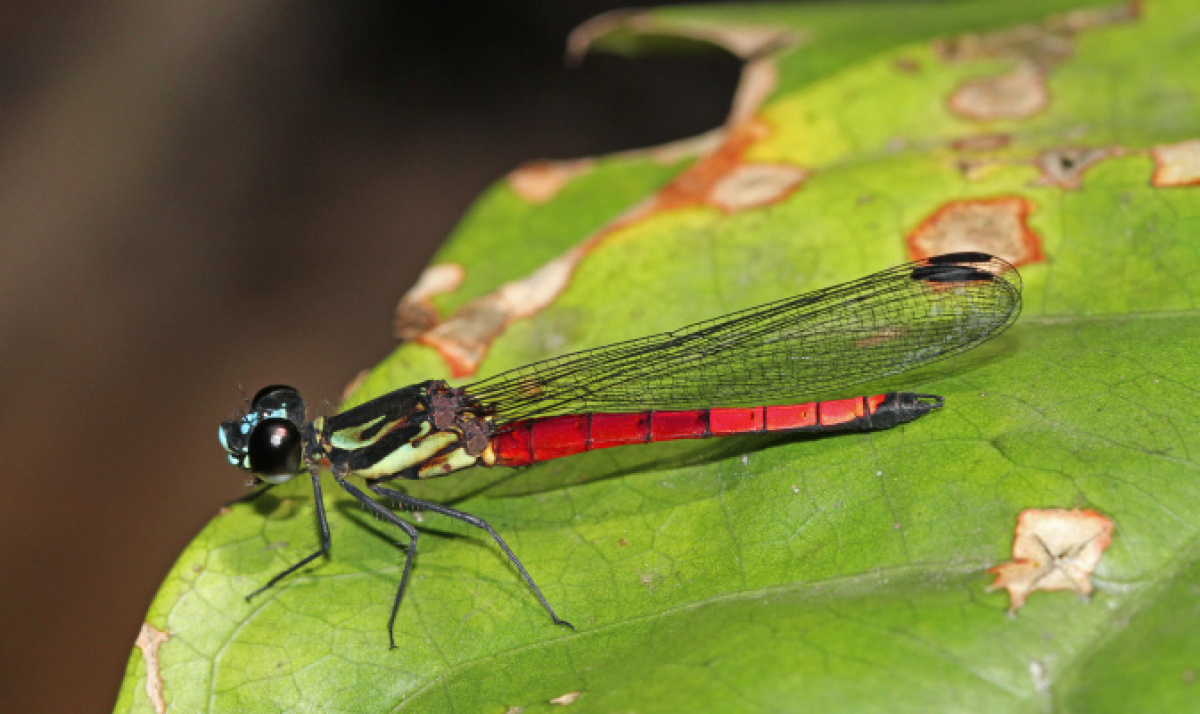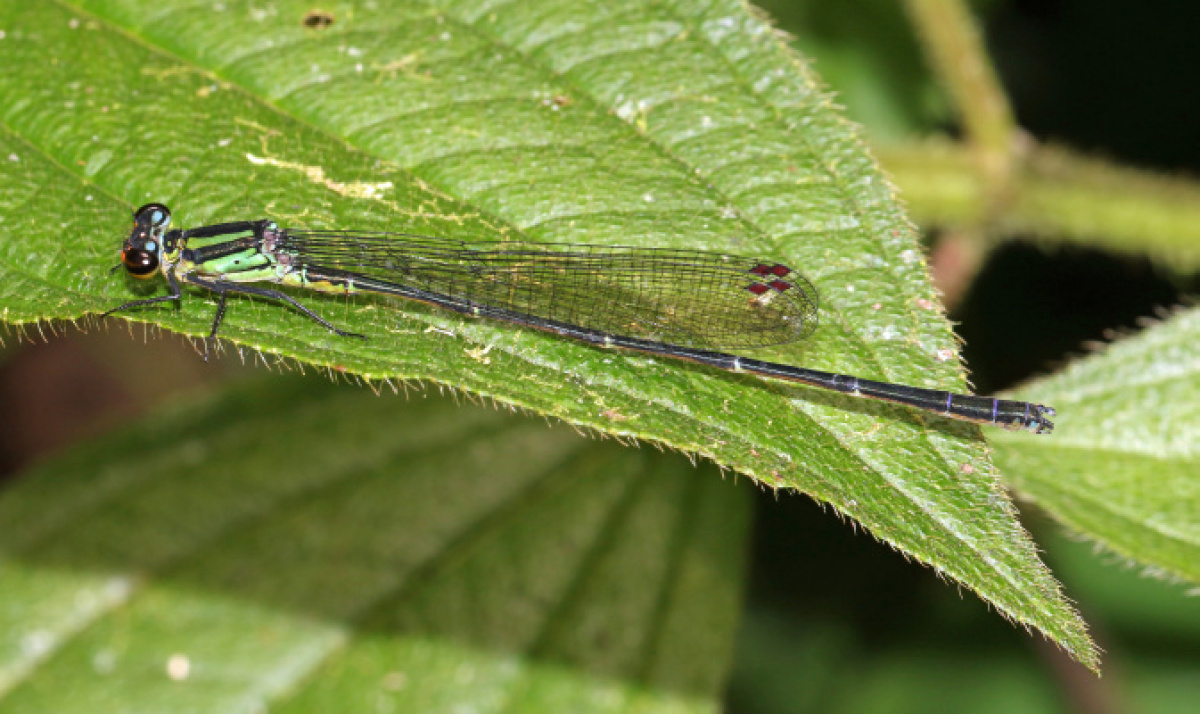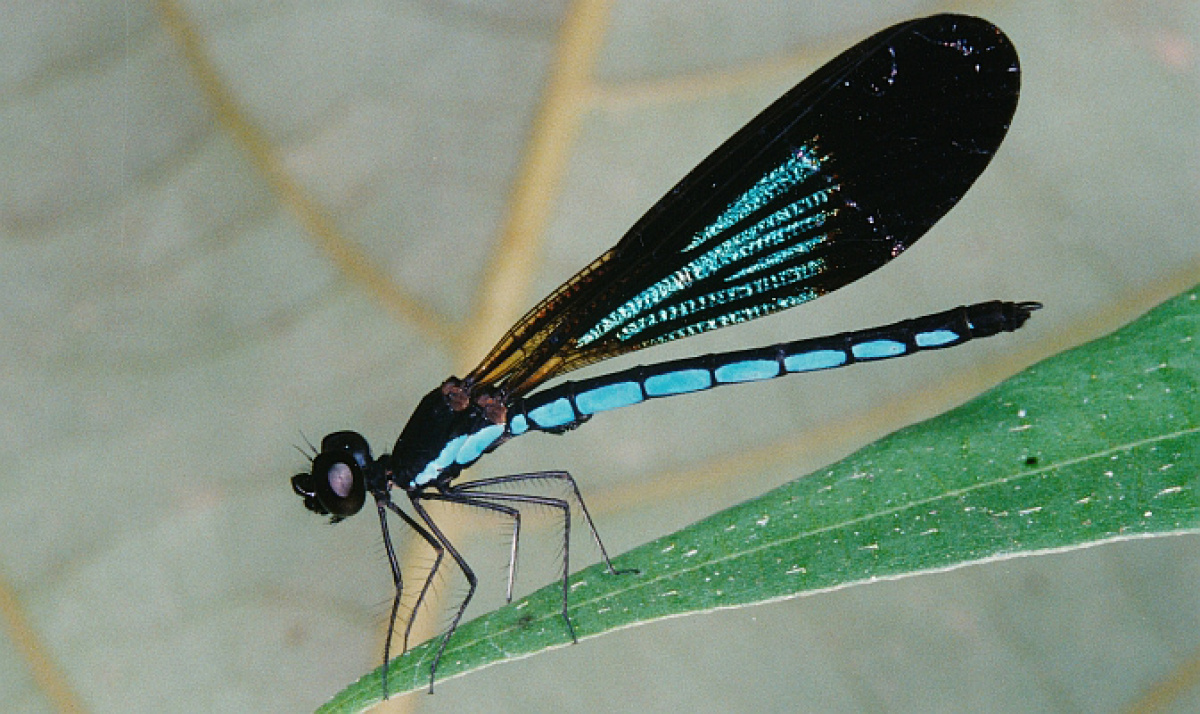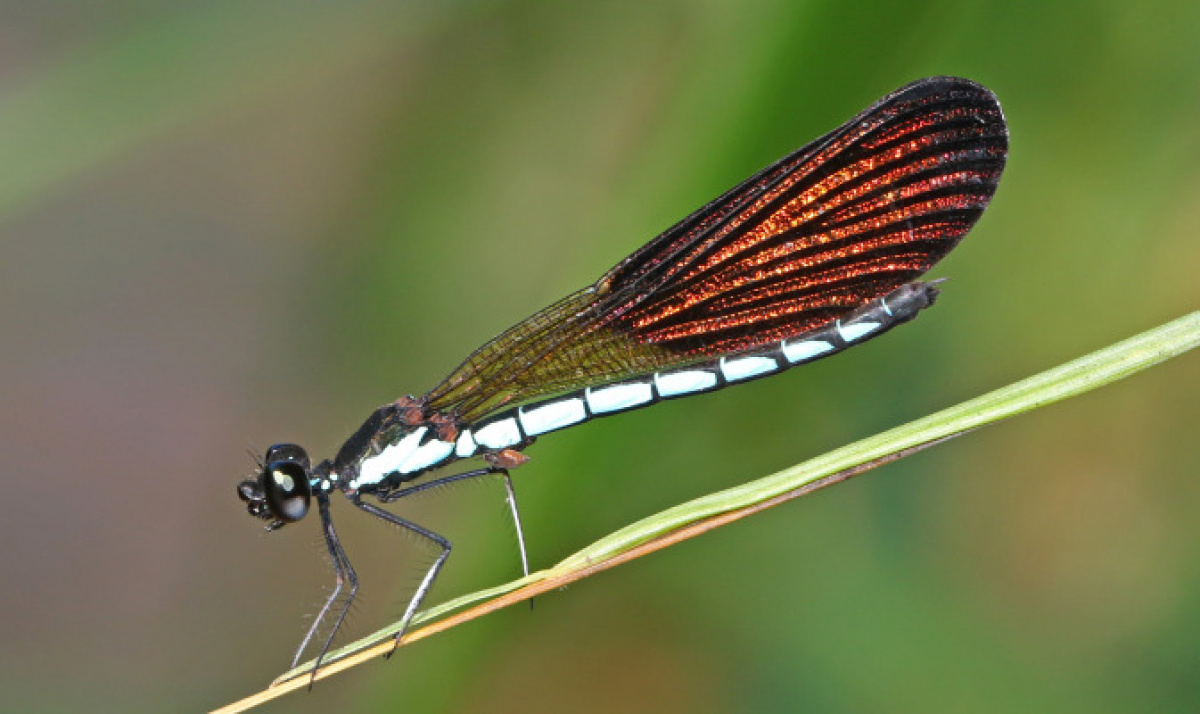Internationale Biodiversitätsforschung
Die Mitarbeiter des Naturschutzinstituts engagieren sich seit vielen Jahren in internationalen Projekten zur Erforschung der Biodiversität. Einen Schwerpunkt bilden Libellenerfassungen in faunistisch schlecht untersuchten Regionen Europas, Afrikas und Asiens.
Die Kartierungsarbeiten erfolgten zum Teil in Kooperation mit der Weltnaturschutzunion IUCN im Rahmen des Programms “A critical sites network for freshwater biodiversity in the Lake Victoria catchment: building a blueprint for species conservation, protected areas, climate resilience and sustainable livelihoods”.
Regelmäßig nehmen Mitarbeiter am internationalen „Balkan Odonatological Meeting – BOOM“ teil, bei dem in verschiedenen Ländern Südosteuropas die Libellenfauna erfasst wird.
Wissenschaftliche Neuentdeckungen
Die Untersuchung der Libellenfauna führte auch zur Entdeckung von noch unbekannten Arten, die in den letzten Jahren benannt und wissenschaftlich beschrieben wurden. Die Galerie stellt einige dieser Arten vor.
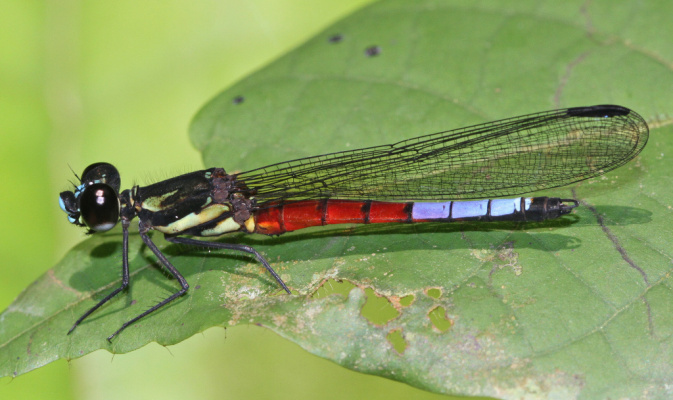
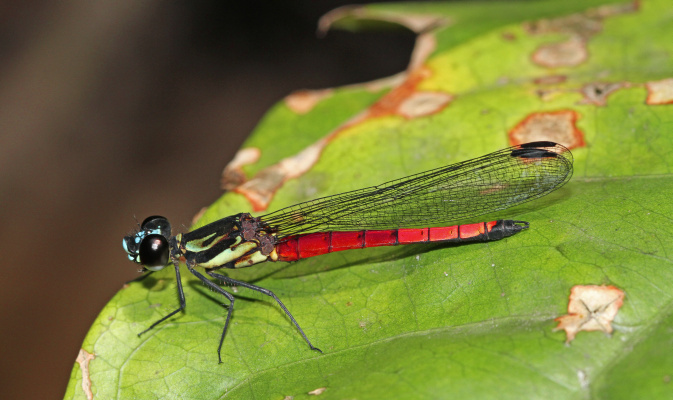
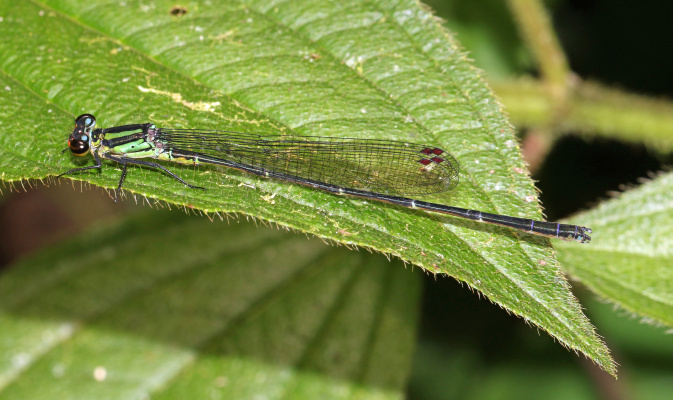
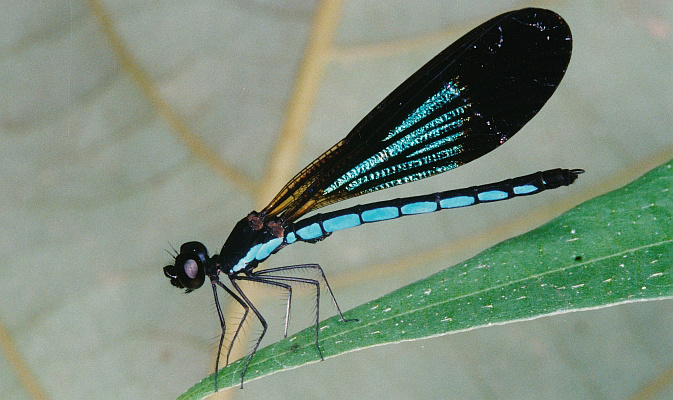
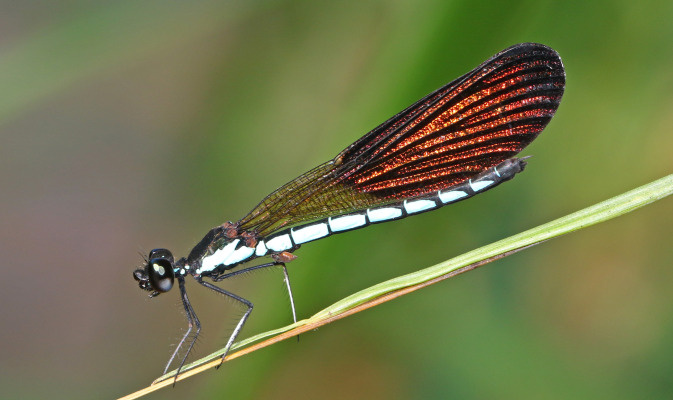
Durch Publikationen, Vorträge, die Einbeziehung in die Erstellung Roter Listen bzw. die Eingabe der Verbreitungsdaten in international geführte Datenbanken (z. B. Odonata Database of Africa, IUCN Species Information Service) werden die Ergebnisse der Allgemeinheit bereitgestellt. Bestandteil vieler Projekte ist ferner die Umweltbildung vor Ort (Vorträge, Unterrichtsstunden für Kinder) bzw. die Unterstützung lokaler Spezialisten.
Ausgewählte Veröffentlichungen
- Günther, A. (2020): Reproductive behaviour of Chlorocyphidae. Part 2. Genus Disparocypha Ris, 1916 (Odonata). – Odonatologica 49 (1/2): 85–106 (DOI:10.5281/zenodo.3823333)
- Günther, A. (2019): Reproductive behaviour of Chlorocyphidae. Part 1. Genus Sclerocypha Fraser, 1949 (Odonata). – Odonatologica 48: 285–304
- Günther, A. (2019): O mundo colorido das libelinhas jóia. – Filmbeitrag für eine Sonderausstellung Libellen im Museu Nacional de História Natural de Angola
- van Tol, J. & Günther, A. (2018): The Odonata of Sulawesi and adjacent islands. Part 8. Revision of the genus Rhinocypha Rambur, 1842 (Chlorocyphidae). – Odonatologica 47 (3/4): 299–386
- Kipping, J., Günther, A. & Uyizeye, E. (2017): Pseudagrion kamiranzovu sp. nov., a new flagship species of damselfly from Rwanda's Nyungwe Forest (Odonata: Coenagrionidae). – Odonatologica 46 (3/4): 301–318
- Vinko, D., D. Kulijer, D. Dinova, B. Rimčeska, O. Brauner & M. Olias (2017): Faunistic results from the 5th Balkan Odonatological Meeting – BOOM 2015, Republic of Macedonia. – Acta Entomologica Slovenica 25: 89–114
- Günther, A. & Möckel, B. (2016): Zum Frühjahrsaspekt der Libellenfauna in Zentralmakedonien, Nordgriechenland (Odonata) . – Libellula 35 (3/4): 185–194
- Schröter, A., Seehausen, M., Kunz, B., Günther, A., Schneider, T. & Jödicke, R. (2015): Addendum to: Update of the Odonata fauna of Georgia, southern Caucasus ecoregion. – Odonatologica 45 (3/4): 335–336
- Seehausen, M. & Günther, A. (2016): Records of Neurothemis nesaea from Sulawesi, with taxonomic annotations to the N. intermedia-group (Odonata: Libellulidae). – Odonatologica 45 (3/4): 271–290
- Dijkstra, K.-D. B., Mézière, N. & Günther, A. (2015): Africocypha varicolor Dijkstra, Mézière & Günther sp. nov. – Polychrome Jewel. - In: Dijkstra, K.-D. B., Kipping, J. & Mézière, N.: Sixty new dragonfly and damselfly species from Africa (Odonata). – Odonatologica 44 (4): 462–467
- Schröter, A., Seehausen, M., Kunz, B., Günther, A., Schneider, T. & Jödicke, R. (2015): Update of the Odonata fauna of Georgia, southern Caucasus ecoregion. – Odonatologica 44(3): 279–342
- Günther, A. (2015): Signalling with clear wings during territorial behaviour and courtship of Chlorocypha cancellata (Odonata, Chlorocyphidae). – International Journal of Odonatology 18(1): 45–54 (DOI: 10.1080/13887890.2015.1012182)
- Orr, A. & Günther, A. (2015): Reported ovo-viviparity in Heliocypha perforata (Odonata: Chlorocyphidae) – reassessment of the evidence, based partly on examination of the female reproductive system and mature eggs. – International Journal of Odonatology 18(2): 169–174 (http://dx.doi.org/10.1080/13887890.2015.1040857)
- Günther, A., Hilfert-Rüppell, D. & Rüppell, G. (2014): Reproductive behaviour and the system of signalling in Neurobasis chinensis (Odonata, Calopterygidae) – a kinematic analysis. – International Journal of Odonatology 17(1):31–52 (DOI:10.1080/13887890.2014.881305)
- Day, L., Farrell, D., Gibert, E., Günther, A., Hämäläinen, M., Klimsa, E., Korshunov, A., Kosterin, O., Makbun, A. Pelegrin, N., Röder, U., Ruangrong, R. & Vikhrev, N. (2012): New provincial records of Odonata from Thailand mostly based on photographs. – Agrion Vol. 16 (1):16–25
- Olias, M., F. Weihrauch, M. Bedjanič, N. Hacet, M. Marinov & A. Šalamun (2007): Lestes parvidens and L. viridis in southeastern Europe: a chorological analysis (Odonata: Lestidae). – Libellula 26 (3/4): 243–272
- Günther, A. (2006): Reproductive behaviour of Neurobasis kaupi (Odonata: Calopterygidae). – International Journal of Odonatology 9 (2): 151–164 (DOI:10.1080/13887890.2006.9748274)
- Olias, M. (2005): Lestes parvidens am Südostrand Mitteleuropas: erste Nachweise aus Österreich, der Slowakei, Ungarn und Rumänien (Odonata: Lestidae). − Libellula 24 (3/4): 155–161
- Olias, M. & Günther, A. (2005): Erster Nachweis von Lestes (viridis) viridis für Griechenland (Odonata: Lestidae). – Libellula Supplement 6: 43–47


